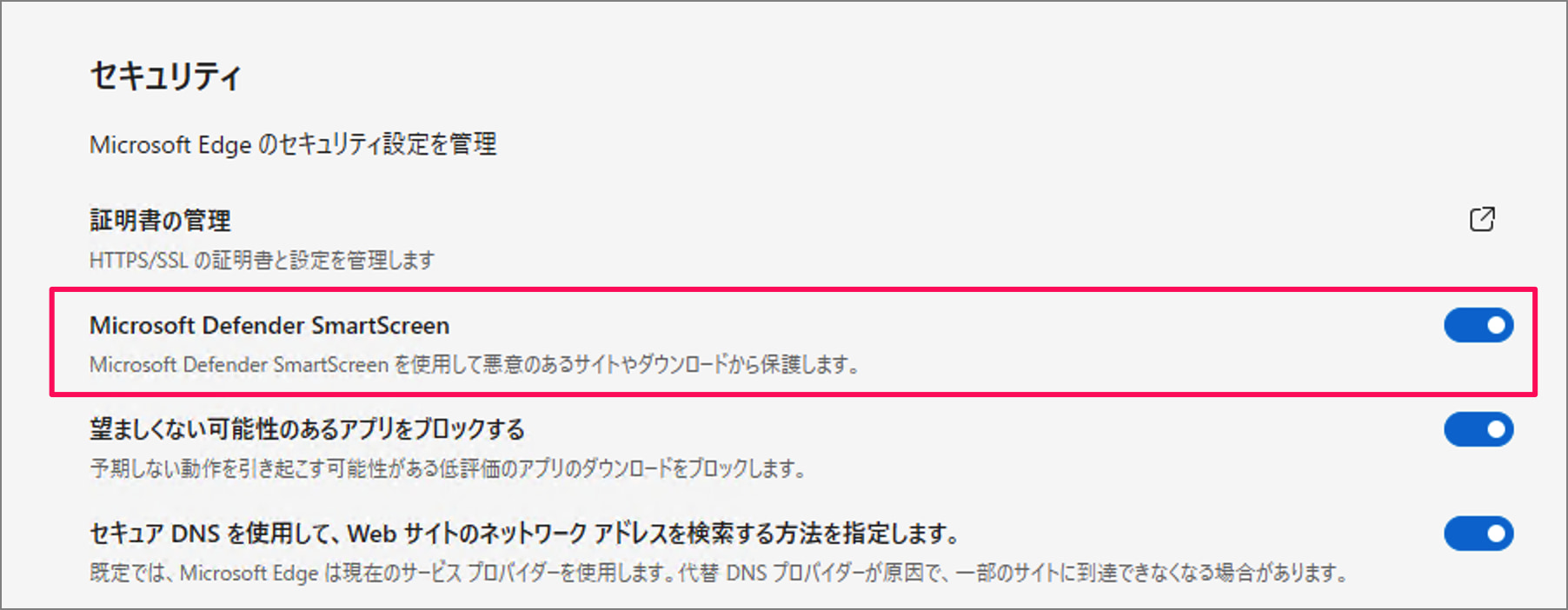
This should help our case get in front of the correct people at Microsoft for resolution.As the default browser for Windows 11 machines, Microsoft Edge is hugely recognisable. If so, can you click the "More information" link and then "Report that this site doesn't contain phishing threats" and fill out the form. We would like to request that our customers initiate their own calendar OAuth flows in Microsoft Edge and see if they are shown a warning. Using a browser other than Microsoft Edge also serves as a workaround to this issue. Users appear to be able to refresh the page when they hit the warning and the page then functions as normal. We are instead attempting to go through the proper process to get the classification corrected, but this does mean the time line is out of our hands. We do not wish to make changes that could be seen as attempting to bypass this protective mechanism as that is what a nefarious actor would do, potentially leading to the entire domain being flagged. We are yet to hear back from Microsoft regarding our dispute of this classification. This can only help our case get in front of the correct people at Microsoft for resolution. We would like to repeat our request that our customers initiate their own calendar OAuth flows in Microsoft Edge and see if they are shown a warning. We are still yet to receive a non-automated response from Microsoft having submitted a second owner dispute since the last update.Īt this point we are still attempting to go through the proper channels, but are starting to consider our options for workarounds that do not involve end-users having to bypass a warning dialog they should generally be paying attention to.Ī workaround exists in that users appear to be able to refresh the page when they hit the warning and the page then functions as normal.


Microsoft Defender SmartScreen continues to flag the OAuth authorization URL as unsafe.


 0 kommentar(er)
0 kommentar(er)
